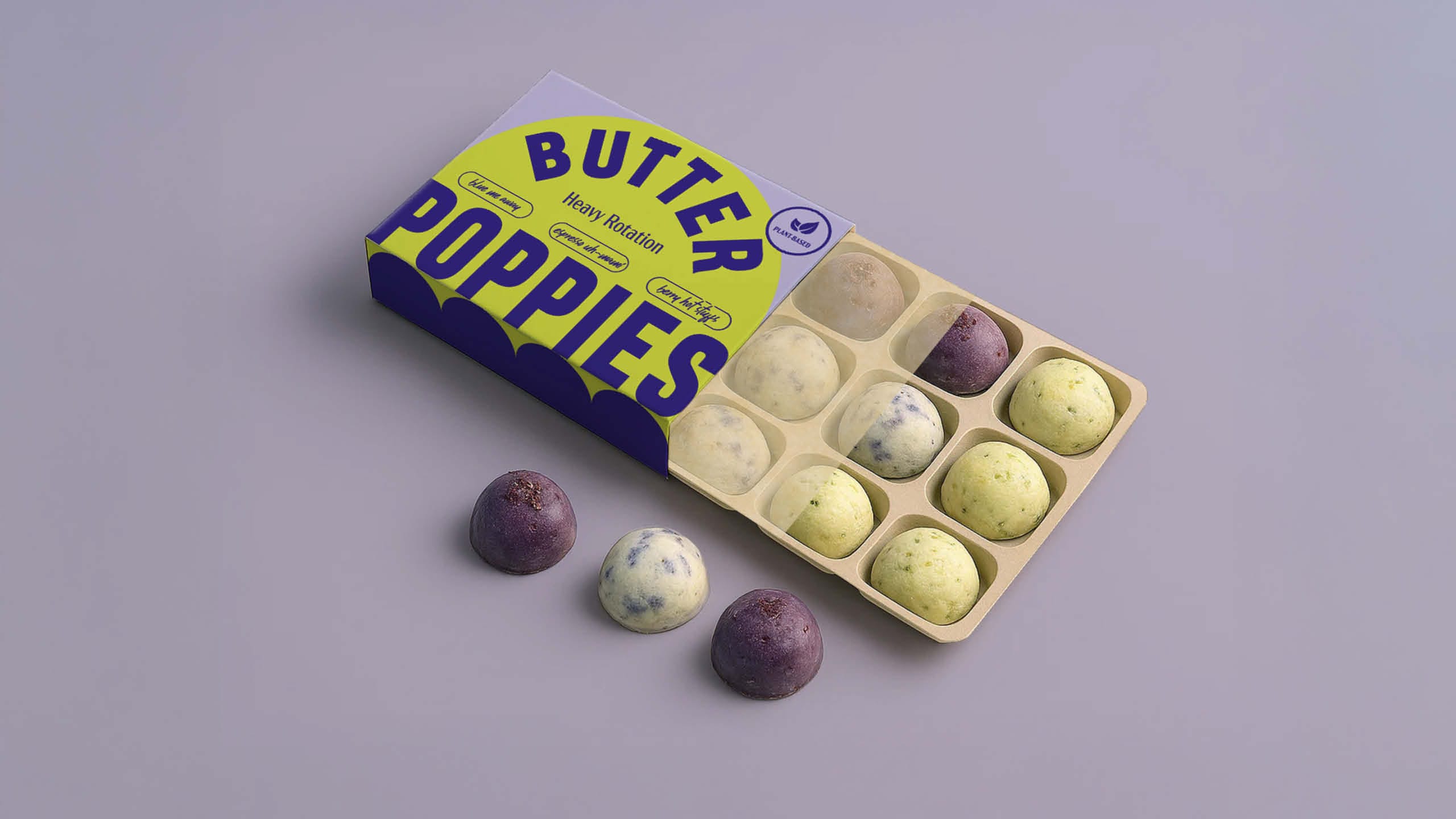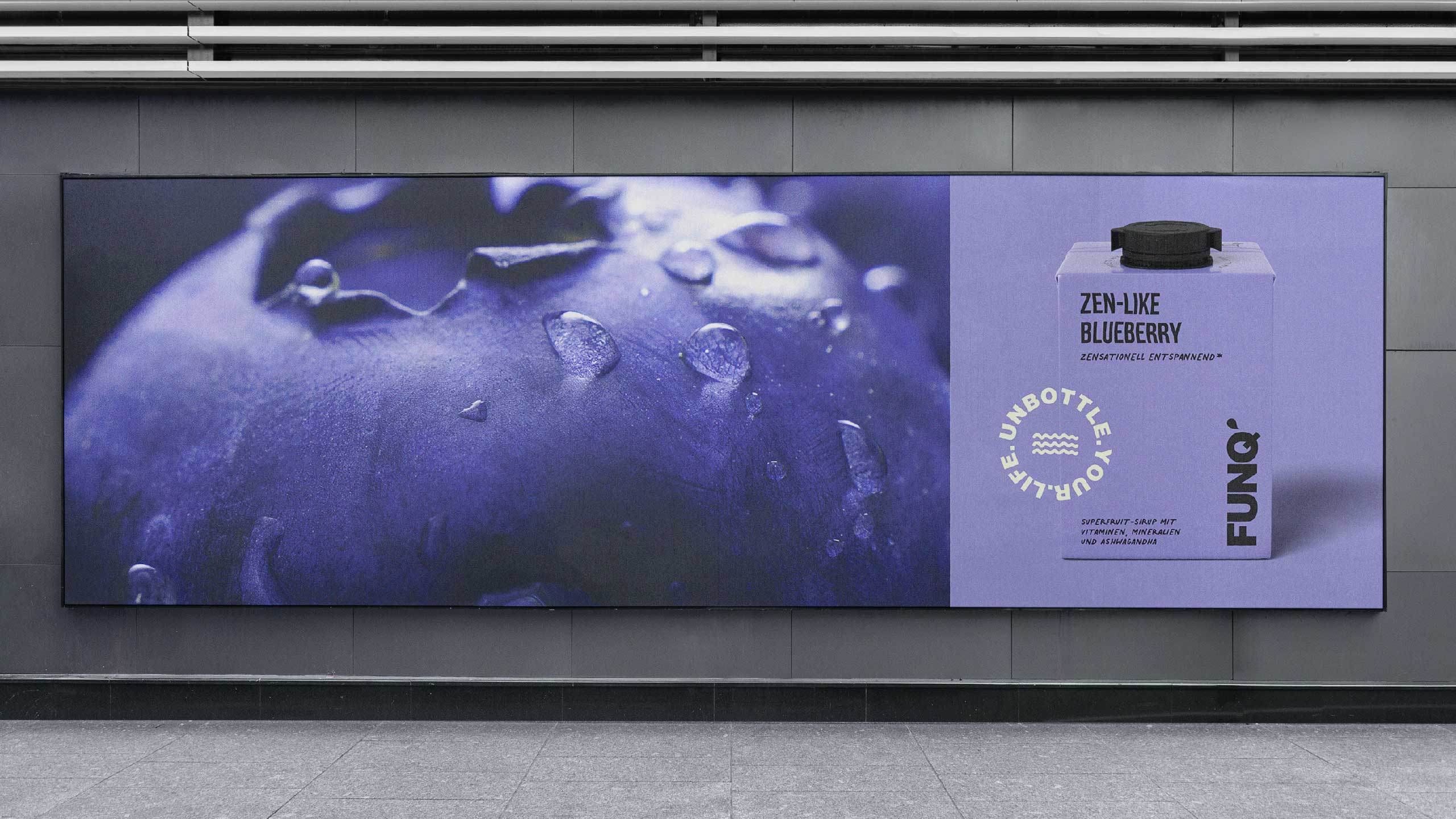What are the current material innovations in food & beverage packaging?
The packaging industry is currently experiencing a phase of intense innovation. New materials, sustainable manufacturing processes and intelligent technologies are changing the way packaging is created, functions and is perceived.
In the food and beverage segment in particular, it is no longer just about protection and shelf life, but also about sustainability, brand impact and resource efficiency.
In this article, we show which material innovations are currently shaping the market, what opportunities they offer brands – and what challenges still exist.
Table of contents
- What does “material innovation” mean in the packaging sector?
- Current material trends at a glance
- Practical examples from the food & beverage industry
- Challenges & future developments
- Conclusion & recommendation for action
What does material innovation mean in the packaging sector?
Material innovation describes the development of new or optimized packaging materials that combine ecological, functional and aesthetic requirements.
The focus is on topics such as recyclability, bio-based raw materials, material reduction, but also intelligent packaging that actively communicates with consumers or supply chains.
For brands in the food and beverage sector, this means that
material decisions are now strategic design decisions – they influence the carbon footprint, brand image, supply chain and purchasing decisions in equal measure.
Current material trends at a glance
Innovative packaging materials
- Bio-based plastics: Materials based on corn starch, sugar cane or cellulose offer a lower-CO₂ alternative to fossil-based plastics and can often be processed in existing processes.
- Recycled materials & rPET: The use of recycled plastics reduces the use of primary raw materials and strengthens the circular economy. rPET in particular is now the industry standard in the beverage sector.
- Mono-materials: Packaging made from just one type of material simplifies recycling processes and improves recyclability in closed loops.
- Compostable solutions: PLA-, PHA- and paper-based alternatives enable biodegradability under industrial conditions.
- Active & intelligent packaging: Sensors, indicators or NFC tags make products interactive – for example with freshness indicators, temperature monitoring or QR codes for origin tracking.
Examples from practice

Butter Poppies – fresh design meets fiber casting
The same applies to the packaging design: sustainability yes, but without compromising on the fun factor. The Poppies come in a molded fiber tray with a paper-based protective film in a simple folding box. Divided into portions and easy to “pop out”. With a thin barrier layer, both the tray and the foil can be disposed of in the paper stream, and the folding box can be disposed of anyway.

FUNQ’ – Post-Mix-Generation.
The three founders of FUNQ’ have made it their mission to revolutionize the world of soft drinks with Tetra Paks made from 82% plant-based raw materials and simple tap water. With the delicious, concentrated superfruit syrups from FUNQ’, environmental factors such as transportation, refrigeration and packaging are greatly reduced in the D2C business model for online sales. We celebrate this and deliver the right packaging design: fewer calories, less sugar, less waste, but lots of enjoyment and fresh design.
Challenges & future developments
Sustainable. Scalable. Legally compliant.
Material innovation requires technical expertise, economic foresight and ecological responsibility.
New materials must not only be environmentally friendly, but also scalable, safe and brand-compliant. At the same time, legal framework conditions (e.g. the EU packaging regulation PPWR) are changing the requirements for design and recyclability.
Raw material availability & scaling
Innovative materials such as PHA or paper barrier composites are not yet available in sufficient quantity or quality in all markets. Production partnerships are becoming crucial.
Recyclability & infrastructure
Many new materials can only be recycled in certain collection or recycling structures. Uniform standards are still lacking – especially for bioplastics.
Regulatory developments
The upcoming EU packaging regulation (PPWR) will increase the pressure on brands to make packaging recyclable, recyclable and documentable. Digital product passports are becoming a game changer.
Consumer acceptance & brand communication integration
New materials must be clearly communicated: Consumers should understand why a product is more sustainable – and how to dispose of or reuse it correctly.
Technology & digitization
IoT-enabled packaging, track & trace solutions and data-based supply chains will become standard in the future. This is where material innovation and digitalization merge.
Conclusion
Recommendation for action
Material innovations are shaping the future of packaging. They combine sustainability, functionality and brand impact to create a strategic success factor.
For brands in the food & beverage sector, this means:
- Actively observe innovation, pilot at an early stage.
- Evaluate materials holistically – ecologically, functionally, emotionally.
- Create transparency for consumers.
- Combining circular and digital strategies.
Those who invest in material innovation today are not only shaping packaging – but the future of a more conscious, more efficient and more attractive brand world.